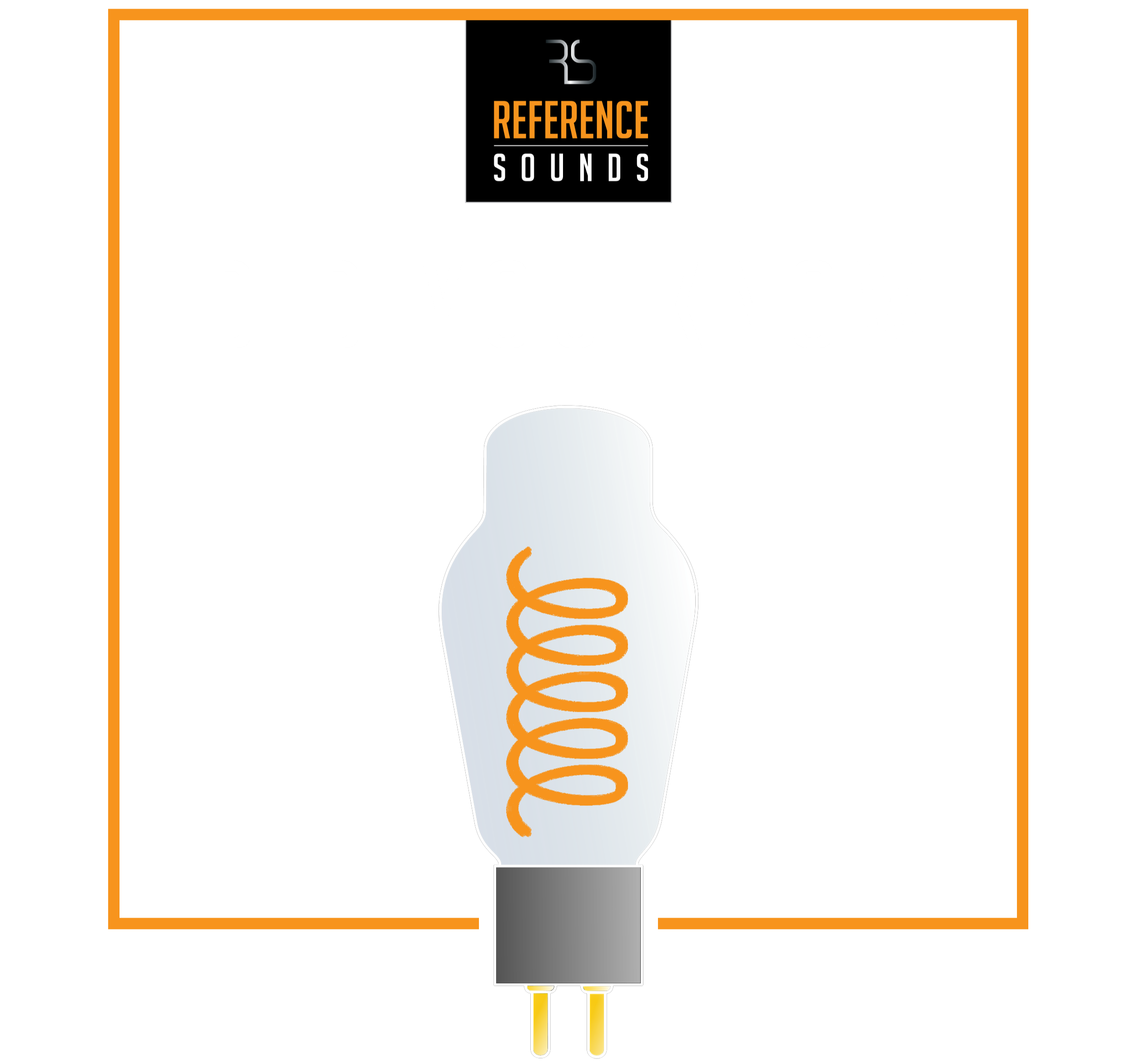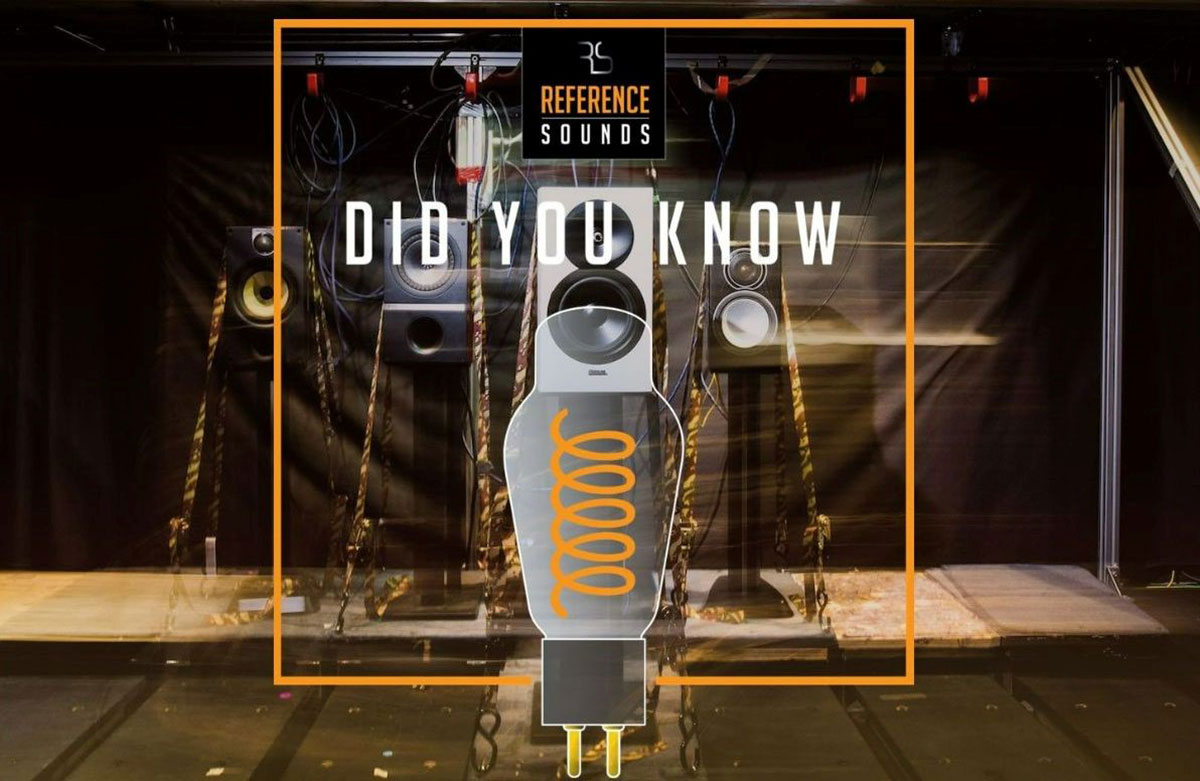
Reference Sounds Did You Know: geinige weetjes, interessante achtergronden en leuke tips over onze merken, producten, over ons en onze projecten.
The Shuffler…
The Shuffler. His nickname sounds a bit like a fat-crested protagonist from a mid-1990s soft-porn. And although there are also various positions with the Shuffler that you don’t actually see, this flattened robot is even more exciting in our opinion. Silently and within 3 seconds he changes from fellow player, allowing the audience to judge blindly about the experienced sound balance….

We are talking about a very special room in Harman’s Center of Acoustic Excellence – Northridge. The place where many JBL and Revel loudspeakers were born. Vacuumed by the very best acoustic engineers who, in tightly ironed white dust jackets, call the shots with an arsenal of unique research resources. Often developed entirely in-house in the fight for the very best sound. The Speaker Shuffler is without a doubt one of their most special creations. A hydraulically powered, computer-controlled machine that allows the listener to switch speakers in seconds. You listen to speaker A, press a button and the Speaker Shuffler does the rest – speaker A slides back and to the side to make room for speaker B, which is placed in exactly the same position. Handy for at home, I hear you think, but unfortunately the colossus takes up quite a bit of space. Small downside, it only seems to work for speakers…
The aim is of course to compare 1 on 1 the freshly developed JBL or Revel speaker (which are brotherly designed in the same breeding ground) with its closest competitors such as leading models or other brands. Connecting a wire and plugging it in with the help of your quick neighbor is of course also possible, but research proves that our auditory memory starts to shit pretty fast after about 3 seconds. The philosophy is based on eliminating subjective perceptions loaded with prejudices and other psychological effects as much as possible. The men go very far in this. So far, in fact, that people can listen blindly in this room. So the Blind Listening Room. This does not mean that the guests must then be accompanied by a red and white striped stick and a panting shepherd. No, a large black speaker cloth masks the speakers from view so that as a listener you have no idea what you are listening to.
We were also allowed to take a seat in the black, acoustically optimized room. With the tablet on our lap we listen to a speaker and a random piece of music. In the top right corner of the room there is a screen that indicates that speaker A is playing. Then the system switches to speaker B, plays the music again for a while and then stomps through to speaker C, which, just like speaker B, is automatically shuffled (and volume calibrated) in exactly the same place as speaker A. Then the tablet asks us which speaker we thought sounded best.
After our answer, the magic trick starts again with another piece of music where speaker A is no longer speaker A and vice versa. This process repeats until the software thinks it’s enough and adds up our choices to come up with a winner. Completely without us knowing which speakers we have listened to and where volume level and position differences are excluded by the system. Every Revel and JBL loudspeaker goes through this process alongside a number of direct competitors until the various listening panels unanimously reach the same, blind, unbiased conclusion.
It is one of the many systems developed by Harman itself in which science is at the service of music. Unique technology to make better speakers. Not because they shine better or are equipped with a tweeter coating found on Jupiter, but because they simply sound better. Three guesses which brand the Hans Kazan software conjured up as the blindly chosen winner from behind the black cloth…

